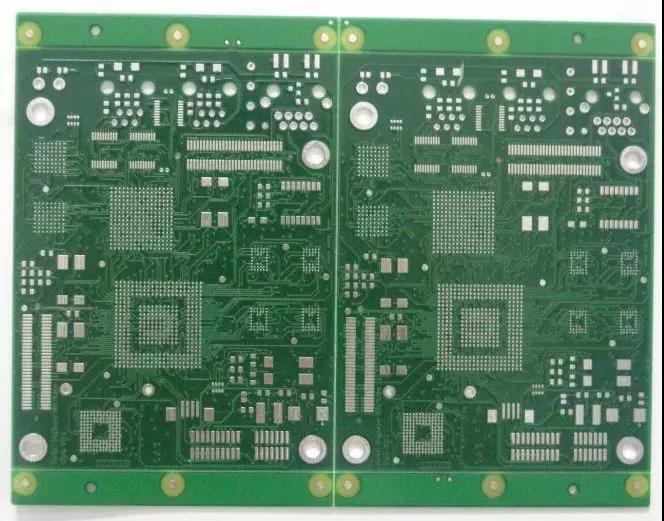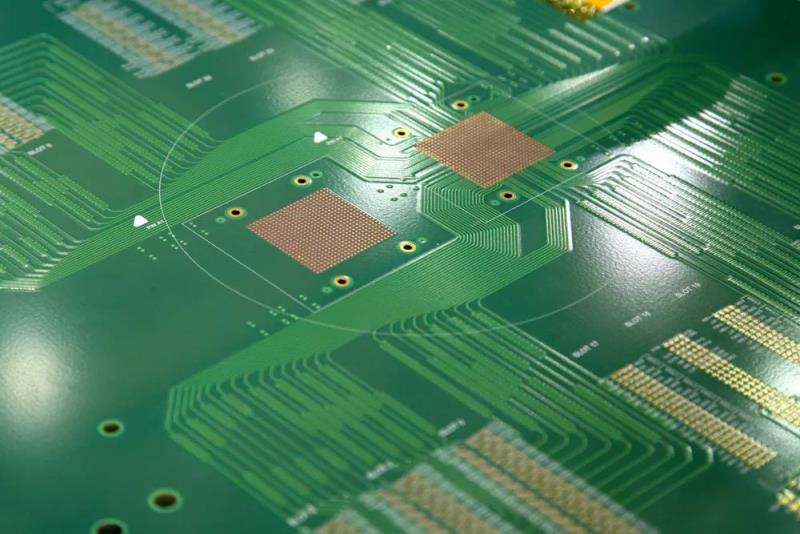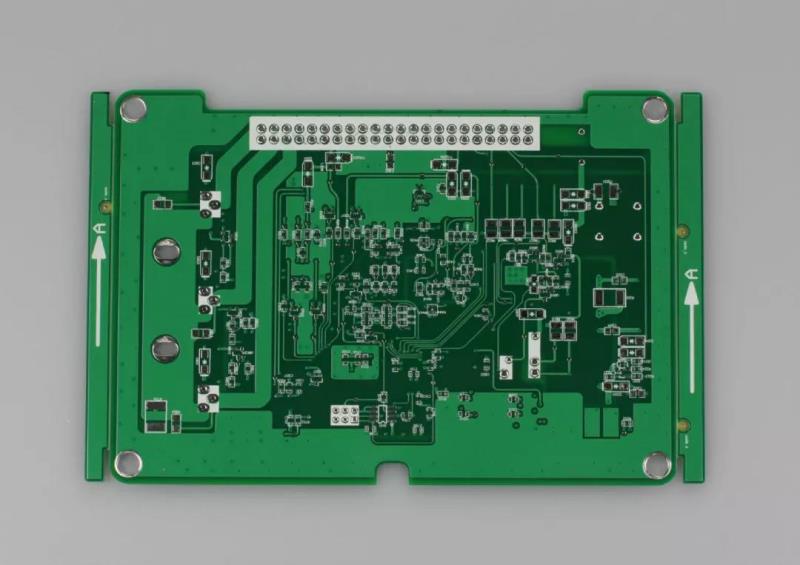
Seven major wastes in PCB production and their solutions
There are 7 major wastes in PCB production, namely, the waste of waiting; Waste of handling; Waste of defective products; Waste of action; Waste of processing; Waste of inventory; Create too much (early) waste.
Waiting for waste: idle equipment, idle equipment, unplanned downtime, production shortage, etc. The reasons for waiting generally include: poor order receiving or insufficient orders, unbalanced production lines, improper planning, downtime for material shortage, abnormal quality problems, etc. For example, if the switching between different material numbers on the production line is not fully prepared, it is easy to waste waiting; Problems in the previous process sometimes lead to the shutdown of the next process and no work to be done.
Waste of handling: It is a kind of action that does not produce additional value, and the work that does not produce value belongs to waste. The main phenomena of waste in handling are: the manual handling of production materials from warehouse to workshop, the handling of semi-finished products in the previous and next processes, and the handling of processing processes. Factory layout, excessive or premature production, inventory transfer, plan change, etc. are the main reasons for handling waste.
Waste of defective products: repair, rework and scrapping of products are regarded as waste of defective products. In the production process of products, any nonconforming products will cause waste of materials, equipment and labor. Any repair, rework and scrap are additional costs. If the defective products are not effectively controlled, customer complaints or returns will be caused, or the delivery date will be missed, and serious problems will lose customer confidence. The main reason for the waste of defective products is that people are busy fighting fires, rather than effective prevention. At the source of production, unqualified raw materials and semi-finished products shall be prevented from flowing into the next production process.
Action waste: frequent taking, excessive bending, long walking distance, frequent walking back and forth, looking for tools or materials, repeated correction of alignment accuracy, repeated inspection of products, and other repetitive and unnecessary actions, which cause unnecessary consumption of time and physical strength. If the design of process flow, operation specification, auxiliary tools and equipment layout is reasonable, many actions can be omitted.
Waste of processing: also called waste of over processing. The waste of processing has two meanings. The first is redundant processing and over accurate processing. The second aspect is redundant operation time and auxiliary equipment. For example, QC in the forming production process has measured the external dimension once, and PQC in the quality department has repeated the measurement again, which is a waste of processing. In order to achieve the same operation purpose, some processing programs can be omitted, replaced, reorganized or merged. Such redundant processing programs are a waste of processing. Long manufacturing cycle, reduced production efficiency, frequent classification, testing, inspection, and additional processing are the main reasons for processing waste.

Waste of inventory: Lean production believes that excessive production and excess inventory are the biggest waste, and excessive production is ultimately reflected in excess inventory. The inventory of raw materials, equipment accessories, semi-finished products and finished products will not generate any added value, and will increase operating costs. Inventory items not only occupy space, but also increase labor management costs. There are many reasons for inventory waste, such as the complexity of products, inefficient processes, unbalanced production plans, poor market forecasting and management, unreasonable incentive system and other factors will cause excessive production or excessive inventory waste.
Waste of excessive (early) manufacturing: refers to production exceeding the necessary quantity and production ahead of schedule. Excessive production will lead to early consumption of raw materials, waste of manpower and facilities, occupation of space, increase of material and product handling, and increase of management costs. The reasons include pursuing the local efficiency of the production workshop, ignoring the overall efficiency of the factory, blindly overproducing or putting more margin, long process refueling number, unbalanced production plan, excessive equipment and capacity design, and production not according to the plan.
For these seven wastes, some PCB plants with advanced management have created some methods and pioneered PCB production cost management:
On site observation method: take the production process as the unit, observe each process section and each equipment on site for 4~8 hours, record the working hours of personnel, equipment use, equipment downtime, material change number time, quality abnormalities, etc., and use on-site video recording and other methods to make a list of seven major wastes according to the results of observation and recording, calculate the equipment turnover rate (or equipment comprehensive efficiency) and personnel work, and find out the waste problem, Then sort out the list of waste problems, and organize project team members to discuss, formulate and implement improvement countermeasures.
Quick type change: record the time of each current process → distinguish between internal and external work → convert internal work into external work → reduce internal work → reduce external work → standardize.
Kanban management: Kanban is used to indicate production and handling, and display production material number, production quantity and other information. Timely arrange the plan, timely produce, reduce the inventory of WIP, and also timely expose problems, such as equipment downtime, quality abnormalities, to achieve the purpose of improvement.
Standardization: operation standards are documented, continuous training is conducted according to the documents, and results are measured and followed up.
As a result, the company eliminated 183 waste problems, among which, the drilling machine material change time was shortened by 5 minutes, the electrical measurement material change time was shortened by 20 minutes, the solder mask printing material change number time was shortened by 8 minutes, the defective rate of the grab tool was reduced by 40%, the downtime of each machine was reduced by about 20 minutes every day, the average operating rate of the drilling machine was increased by 2%, and the operating rate of the printing machine was increased by 8%.
There are also some detailed cost control capabilities. For example, for the chemical solution required in the production process, PCB manufacturers usually outsource a certain process to the solution supplier, and negotiate with the supplier about the total price in advance. The supplier is responsible for the specific amount of solution consumed. However, if we help the chemical liquid supplier to save the amount of liquid medicine through the optimization of our own production process, and then the supplier will provide discounts for feedback, we have achieved the goal of cost saving and mutual benefit.
For another example, when designing the production line, we will plan the corresponding large categories of products of the production line in advance, and put the products suitable for co production in one factory, which is conducive to improving the productivity and reducing costs.
PCB manufacturers, PCB designers and PCBA manufacturers explain the seven major wastes in PCB production and their solutions







